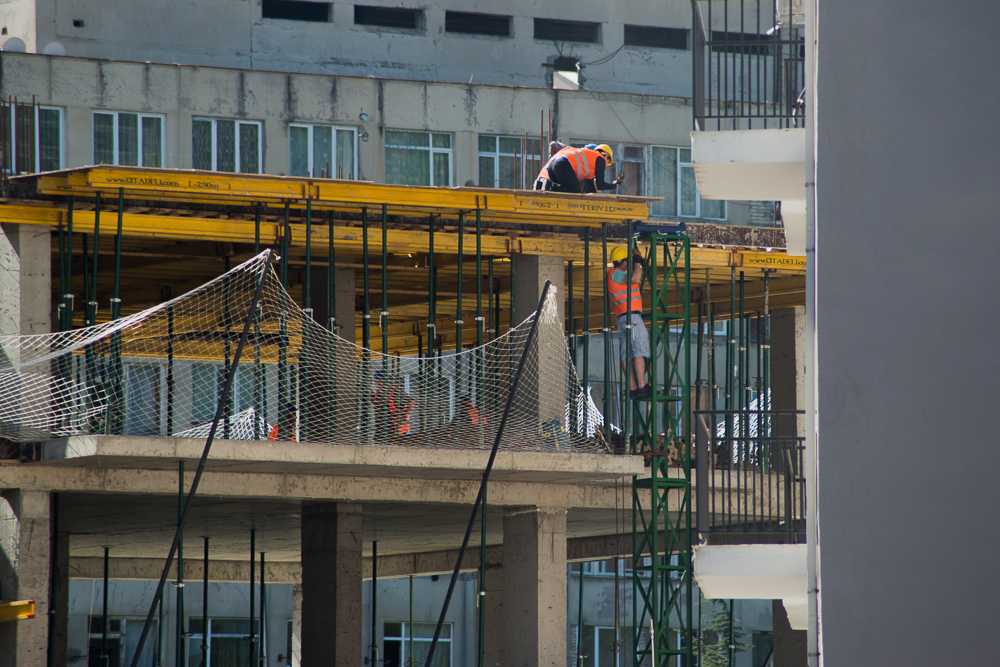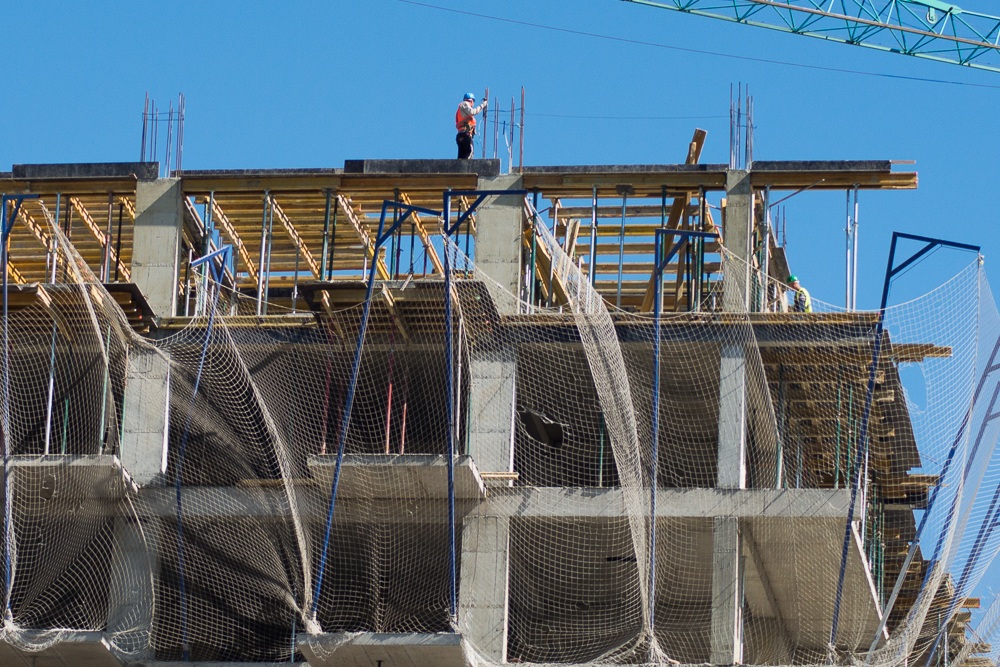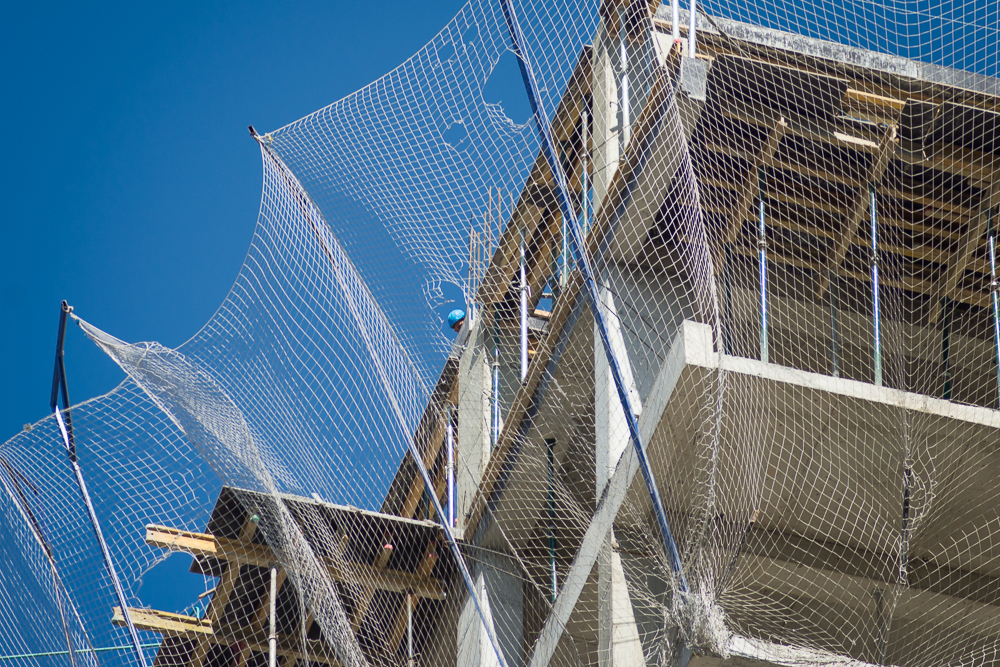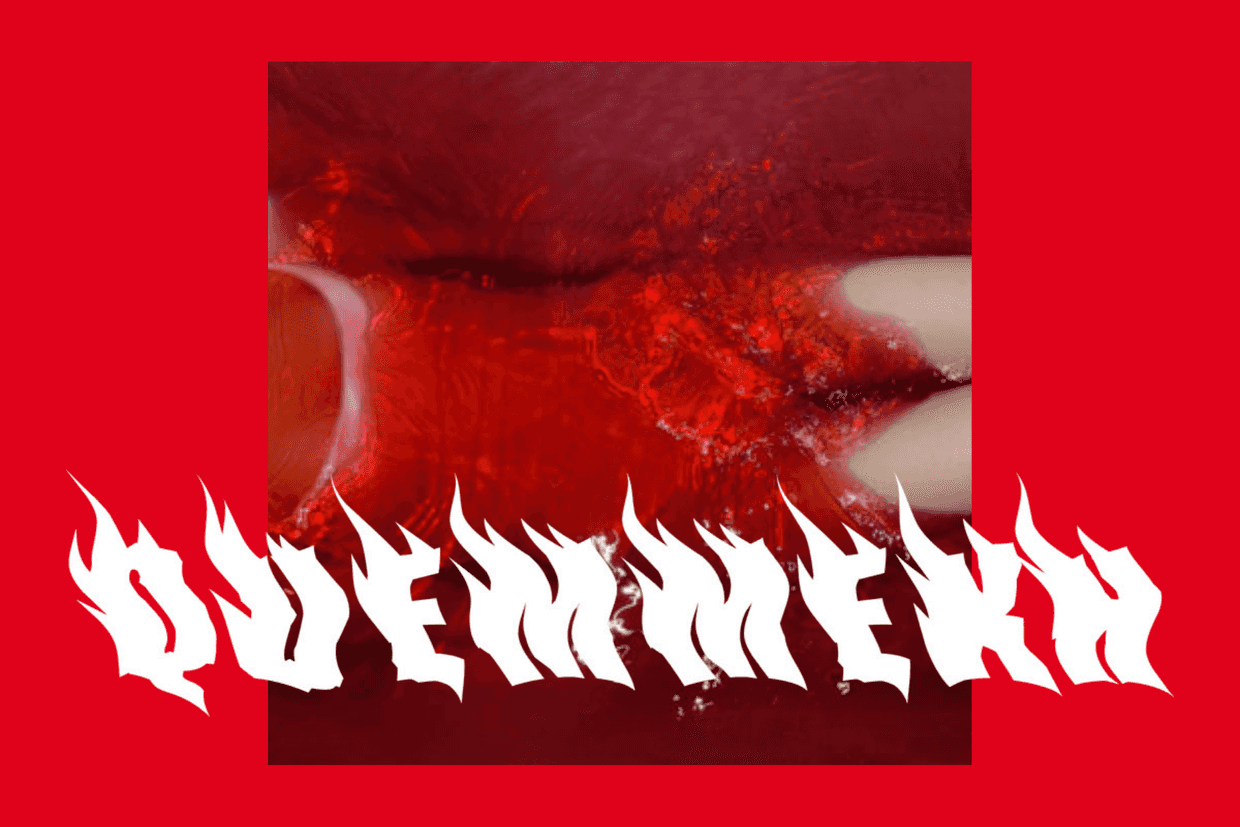
In October, a construction worker in Rustavi who fell from the fourth floor was delivered to the hospital unconsciousness, with an open fracture and heavy bleeding. He later died of his injuries.
Batumi, a resort and port city on Georgia’s Black Sea coast and capital of Adjara Region, recorded the most accidents on construction sites so far this year — of the 14 deaths and 16 serious injuries in Georgia known to the Georgian Trade Unions Confederation, most took place in Adjara.
A new labour safety bill passed on 21 March was supposed to reduce the risks on work sites by applying stricter regulations and technically expanding the mandate of safety inspectors.
But statistics from the Trade Unions Confederation only show a drop in the number of accidents in Tbilisi since the law came in.
Even in Tbilisi, where fines for health and safety violations were raised dramatically in February by new mayor Kakha Kaladze, both employers and employees regularly neglect basic occupational health and safety rules.
Changes to Tbilisi’s Product Safety and Free Movement Code raised fines for employers to ₾30,000 lari ($11,000) for the very first offence.
Workplaces are monitored for health and safety violations by safety inspectors who, according to the new labour safety bill, can only make a single visit to a workplace per year. Additional monitoring is only possible with a court order or after an accident.
In an appeal to parliament and several related committees, local rights group the Human Rights Education and Monitoring Centre (EMC) argued that this is a serious omission in the law as it contradicts the standards of the International Labour Organisation (ILO), which Georgia signed up to as part of its Association Agreement with the EU.
According to Nika Kakashvili from the Trade Unions Confederation, inspectors can only investigate direct environmental hazards, but not other factors connected to occupational safety.
‘For instance, inspectors don’t monitor unregulated working hours. Overworked employees frequently make fatal mistakes.’
Technical Regulations on Safety Requirements for work at height:












